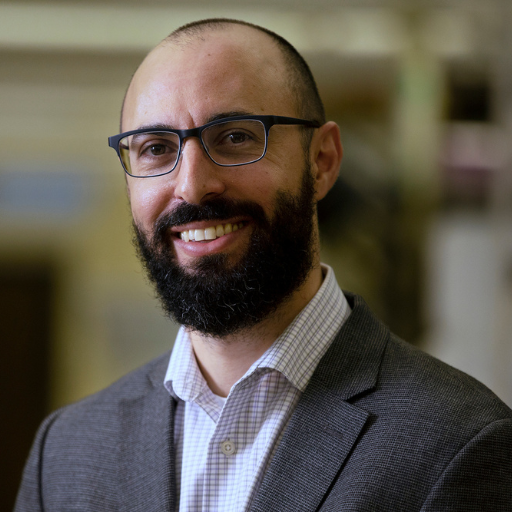Do Post-Translational Modifications Cause Tau to Shapeshift?

About the Research Project
Program
Award Type
Standard
Award Amount
$299,851
Active Dates
July 01, 2022 - June 30, 2026
Grant ID
A2022044S
Co-Principal Investigator(s)
Carlo Condello, PhD, University of California, San Francisco
Goals
We aim to identify the post-translational modifications on tau that promote its misfolding into the specific aggregate structures we observe in Alzheimer’s Disease.
Summary
We will generate a library of hundreds of tau variants mimicking post-translational modifications. We will use a high throughput biochemical platform to analyze aggregates for each tau variant, directly comparing their structural properties. We aim to identify tau variants that recreate aggregate structures observed in Alzheimer’s Disease and capitalize on the discovery of alternate aggregate structures to gain insight regarding what makes a structure harmless versus toxic. Thus, we will test the ability of tau variants with different aggregate structures to promote pathology in mice.
Unique and Innovative
Our innovation was to create a high-throughput, small-scale platform to perform direct cross comparisons of tau aggregate structures in vitro. It is this innovation that allows us to study the potential modulatory effects of hundreds and potentially thousands of factors at a time. In this proposal we focus on post-translational modifications (PTMs) as potential modulatory factors. However, our methodology is designed to be readily adaptable to study other factors linked to tau aggregation.
Foreseeable Benefits
Our study aims to greatly enhance our fundamental knowledge of how PTMs on tau directly influence the aggregate structures produced. By studying hundreds of individual tau variants, we predict we will be able to identify key sequence elements or regions of tau that lead to the formation of one tau aggregate structure versus another. This data will form a strong foundation for future biophysical and biochemical studies dissecting the molecular details underlying tau misfolding pathways and how they can be targeted early and effectively.
Related Grants
Alzheimer's Disease Research
The Role of JADE1 in Tauopathy
Active Dates
July 01, 2025 - June 30, 2027

Principal Investigator
Marcos Schaan Profes, PhD
Current Organization
Icahn School of Medicine at Mount Sinai
Alzheimer's Disease Research
Harnessing the Protein CHIP/STUB1 to Reduce Alzheimer's Brain Pathology
Active Dates
July 01, 2025 - June 30, 2028

Principal Investigator
Todd Cohen, PhD
Current Organization
The University of North Carolina at Chapel Hill
Alzheimer's Disease Research
Assessing the Impact of Blood Brain Barrier Dysfunction on CSF Tau Levels in Alzheimer’s Disease
Active Dates
July 01, 2024 - June 30, 2026

Principal Investigator
Joshna Gadhavi, PhD
Current Organization
Emory University



